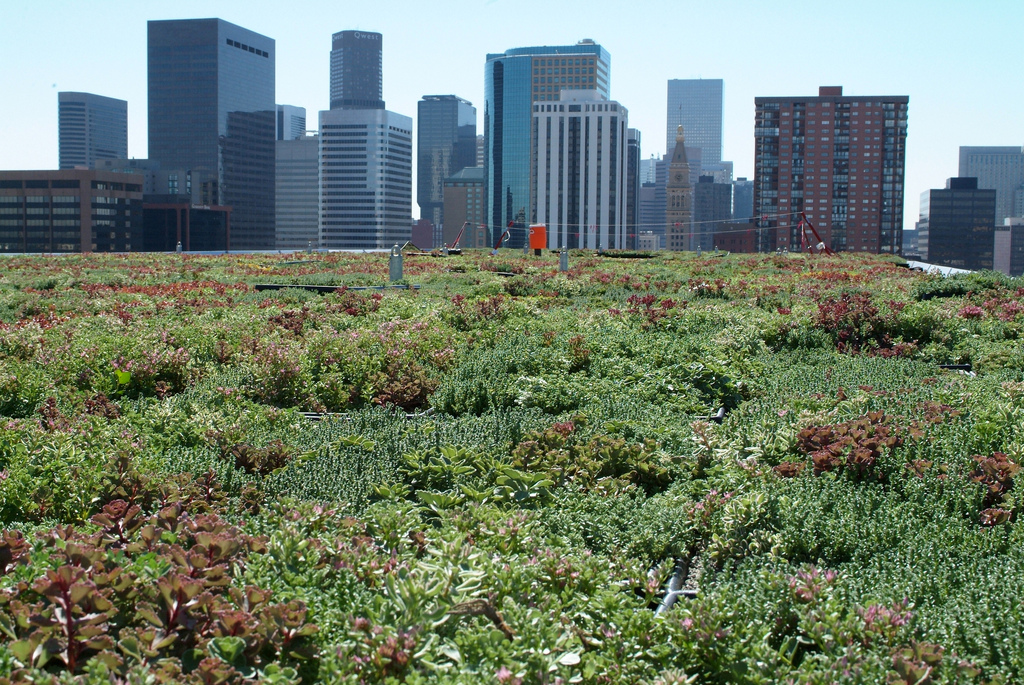Don’t freak out, but there’s a problem with green roofs: They’re not necessarily greener than ordinary roofs. Soooooo kind of a major problem. With a little extra effort, though, green roofs can be efficient AND locally sourced — you just can’t take the easy way out.
[R]ooftop vegetation has to be able to survive the high winds, prolonged UV radiation and unpredictable fluctuations in water availability. To resist these harsh environments, a majority of green roofs are planted with sedum, a non-native species that can survive wind and long periods without rainfall. A roof planted with sedum, however, is no greener, from the standpoint of sustainability, than is ordinary tar or asphalt.
Sedum, it turns out, absorbs sunlight, just like a tar roof would, and isn’t particularly good at absorbing water. Planting your green roof with sedum is like hiring employees based on how long they can physically sit in an office chair instead of how good they are at doing the work. Sedum plants are hardy, but they don’t do anything: “They’re just there,” one scientist studying the plants told SciAm.
But, hey, there’s another way of doing this: Plant diverse groups of native species. Only problem with that is that it might take a little bit of effort to keep them thriving. Someone might have to visit the green roof of the corporate office building every once in a while. Sounds terrible.



